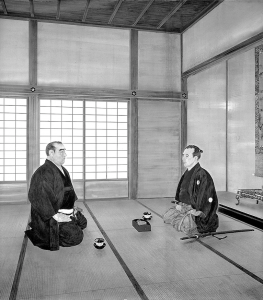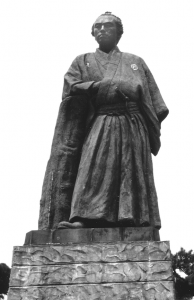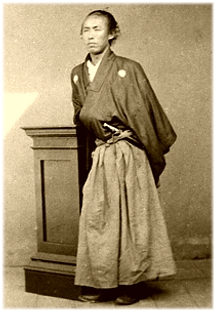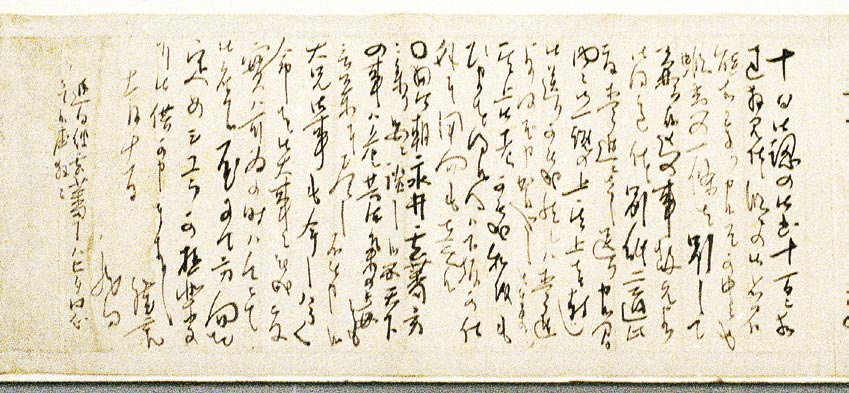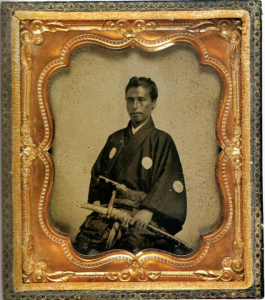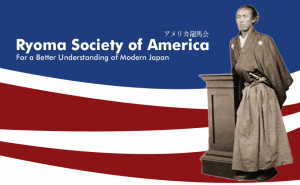
As I announce the launching of the Ryoma Society of America, I recall these famous words of Sakamoto Ryoma: 日本を今一度せんたくいたし申候 – in which he vowed to “clean up Japan once and for all.” By “cleaning up” his country, Ryoma meant to eliminate the corrupt and antiquated Tokugawa Shogunate, which had ruled Japan for 260 years, and replace it with a modern democracy based on Western models.
Ryoma wrote the above words in a letter to his sister Otome in the tumultuous summer of 1863, as Japan’s modern revolution was heating up. But these words are universal, I believe, and just as relevant in today’s world rife with war, violence, and chaos.
As the United States presidential campaign heats up, the American people, along with their fellow citizens of the world, desperately need a leader who can substitute “Japan” for “the world” in Ryoma’s famous dictum, and vow to “clean up the world once and for all.”
Membership in the borderless Ryoma Society of America, which I have organized “for a better understanding of modern Japan,” is free and open to all citizens of the world, regardless of geographical location, nationality, or ideology. To learn more, including how to join, visit the Society’s website.
For updates about new content, connect with me on Facebook.
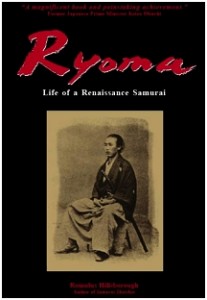
Ryoma: Life of a Renaissance Samurai, the only biographical novel about Sakamoto Ryoma in English, is available on Amazon.com.

